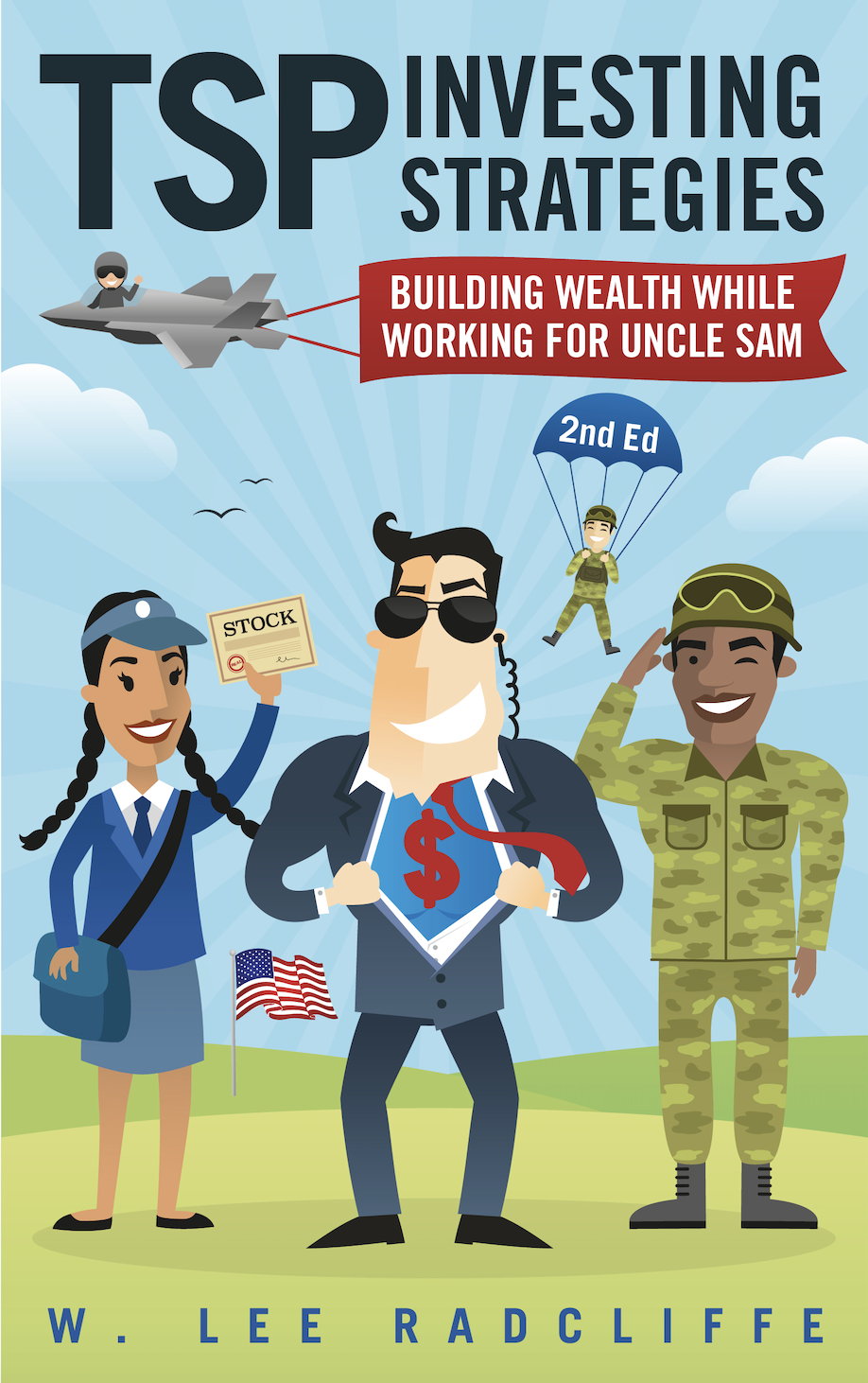Happy 25th Birthday C Fund and F Fund!
January 31, 2013
The C Fund and F Fund turned 25 this month. The funds first opened and began accepting investments in January 1988, and they have been growing ever since.
While the Thrift Savings Plan turned 25 last April, it only had one investment option in the first year: the G Fund. The C Fund and F Fund turned out to be slightly more complicated to implement than originally expected, thus accounting for the slight age difference.
As of the end of 2012, these fraternal twin funds have done extraordinarily well considering everything that has happened between then and now. By investing the maximum allowable yearly amount in the F Fund from January 1988 through the end of December 2012 on a monthly basis, a participant would have $623,734.
By investing the maximum allowable on a monthly basis in the C Fund, a participant would have $723,486. (Caveat: ensure you have an adequate emergency fund in place before investing the maximum allowable.)
There have been challenging years, to be sure. It has been an especially volatile 12 years for the C Fund, which declined by around half not once but twice in the past decade. F Fund investments actually outperformed C Fund investments during these declines, as the line graphs show.
And if the C Fund had opened to investors in April 1987 when the TSP first opened to participants, the fund would have experienced a drop of 22% in one day in October 1987. A $100,000 account would have dropped to $78,000 in one day. But these would have been ideal buying periods, in fact. The fund ultimately has held up well for those who continued to invest through thick and thin.
Admittedly, there might be complications in the coming months and years. In a sustained inflationary period, the F Fund might be in for some rough times, since the value of bonds tends to fall as interest rates rise. (Investors have had a glimpse of this recently, as rates began to slowly drifting upward.)
And sequestration and other budgetary woes might impact the stock funds negatively in the coming months, just as the contentious debt discussions did so in mid-2011. And there will be another 50%+ drop in the stock funds in the future, it is a matter of when, not if. Significant declines tend to happen every ten or twenty years.
Ideally, investors understand the sometimes dramatic undulations of the markets and work to prepare for such events.
Related topics: f-fund c-fund